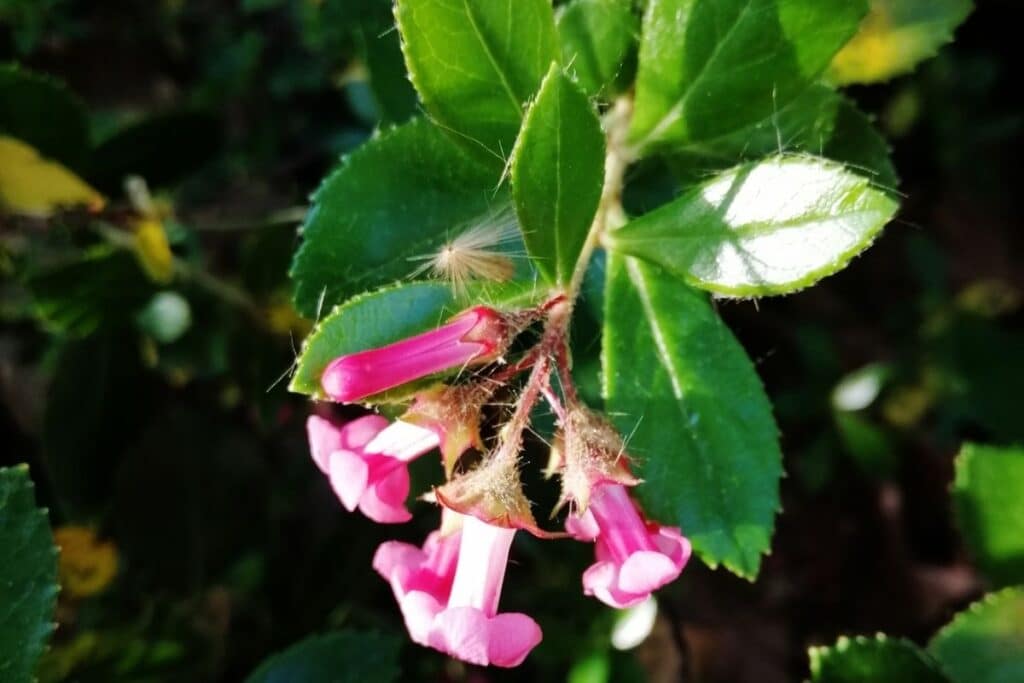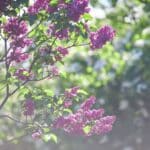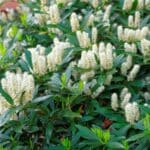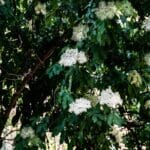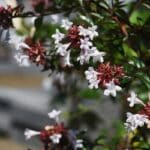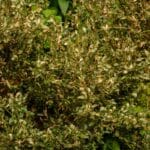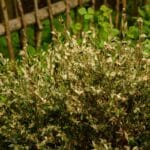Known for being an attractive shrub that catches everyone’s attention, the escallonia plant is relatively easy to grow, making it an essential plant in any garden.
Although native to South America, including Chile, Argentina (1), and the Andes, this shrub can now be found everywhere else in the world where the sea or ocean is nearby, such as England or California.
The plant’s glossy leaves and gorgeous, scented flowers range from pink to white and are often used for hedging. They are very wind-resistant and will thrive best when there is a salty atmosphere, such as the coast.
Continue reading more about the escallonia plant care and how easy it is to grow.
Basic Facts about Escallonia Plant
This evergreen forms part of the Escalloniaceae family of plants. It’s commonly known as Redclaws.
This shrub has an intense aroma, whereas all the flowers it produces during mid summer and fall have a rather sweet fragrance. They can grow incredibly fast, and it is normal to see them reach up to 15 feet in height.
While some gardeners might be misled by their delicate blooms, escallonias are surprisingly tough characters. These self-sufficient shrubs handle themselves well, only needing well-drained soil to flourish. They even shrug off harsh conditions, standing strong against cold winds and requiring minimal maintenance.
According to the US Department of Agriculture, this shrub will thrive best in the hardiness zones 7 through 10, as they can tolerate sandy soils and salt spray from coastal.
Interestingly, escallonias are not just one type of plant, as there are at least 50 related species, and most of them are either small trees or evergreen shrubs.
Types of Escallonia Shrubs
These are the most famous types of this shrub:
Pink Elle
Pink Elle is a cultivar of Escallonia known for its vibrant pink flowers and compact growth habit. It adds a burst of color to gardens and is prized for its ornamental appeal.
Apple Blossom
This variety has powerfully strong scented flowers, which are usually white. However, some of the flowers are pink, and they are the most prominent escallonia flowers that have ever been recorded.
This escallonia apple blossom shrub can grow up to 6 feet tall, and it will bloom from late spring to late summer.
The apple blossom is very hardy, and it can tolerate high temperatures and strong winds. It is hardy to USDA zone 7.
Pride of Donard
This shrub can grow up to 7 feet tall. They have scarlet, white, and pink flowers and vibrant foliage. This variety can withstand challenging climate conditions, and it will thrive in colder areas.
A relevant characteristic is that it has brown spots on the stems and sometimes on the leaves too. The Pride of Donard variety of shrub is sun tolerant, though, it would be best to plant it underneath a shaded area.
Langleyensis
This shrub has pink and red flowers. They can grow up to 7 feet tall, and they have a striking appearance! This hardy plant can withstand colder temperatures.
C.F. Ball
This variety has red flowers and vibrant green foliage. It can reach 6 feet in height very rapidly.
Iveyi
This shrub has big, white flowers that are very strong-scented. Its darker foliage makes it incredibly beautiful. They can grow up to 5 feet tall, and it is one of the most popular escallonia shrubs.
Leucantha
This shrub can rapidly grow up to 6 feet tall. It has white flowers, and it is the most delicate variety on this list.
Pink Pixie
This shrub is a dwarf variety of the escallonia plants. As the name indicates, these flowers are pink, although, unlike other types, these flowers are unscented.
As a dwarf variety, it will only grow around 31 inches, which makes it ideal for container gardening or growing on a small, designated area.
Frades
It is another beautiful evergreen shrub that has rosy-pink flowers and very bright green foliage. The most important aspect of this variety is that it is fire resistant, thus, this plant is ideal for areas where fire disasters could occur. It will bloom throughout the early summer.
Rubra Macrantha
This variety has vibrant pink flowers. It can grow up to 7 feet tall, and it will bloom throughout summer.
Laevis ‘Gold Brian’
As its name suggests, this plant’s foliage is a shade of yellow that sometimes looks like it’s gold. It can grow 5 feet tall, and it is hardy to zone 8. Its foliage is a vibrant green. However, as time passes by, they will turn golden/yellow.
Escallonia X Exoniensis
This variety is a hybrid between the escallonia rubra and another unidentified Chilean species. It can grow up to 8 feet tall, and it has clusters of white or pink flowers.
Rubra
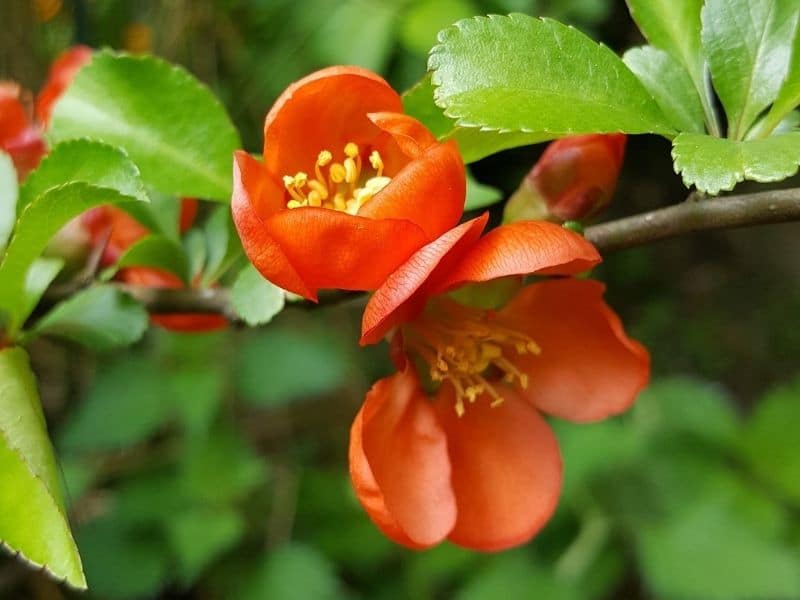
This variety is very similar to the Escallonia rubra macrantha, the main difference is that the rubra only has red flowers. Hence, why it is also referred to as red claws.
Growing Escallonia Tips
Here is everything you need to know before planting this shrub successfully:
When to Plant escallonia
Ideally, it is advisable to plant this shrub in the fall. This way, all the roots will develop better. If you plant in the summer, your shrub will not have ample opportunities to grow. The same occurs if you plant it in winter, as it is not usually winter hardy.
Lastly, if you plant the shrub during early spring, you will need to make sure it receives plenty of water at the beginning of its developing journey.
Light Requirements
Although most escallonia varieties will thrive best when they receive sunlight, they cannot be exposed to full sun. If not, their leaves will die, and they won’t form any escallonia flower.
As a general rule for this plant, it is best to grow underneath a partial shade.
Water Needs
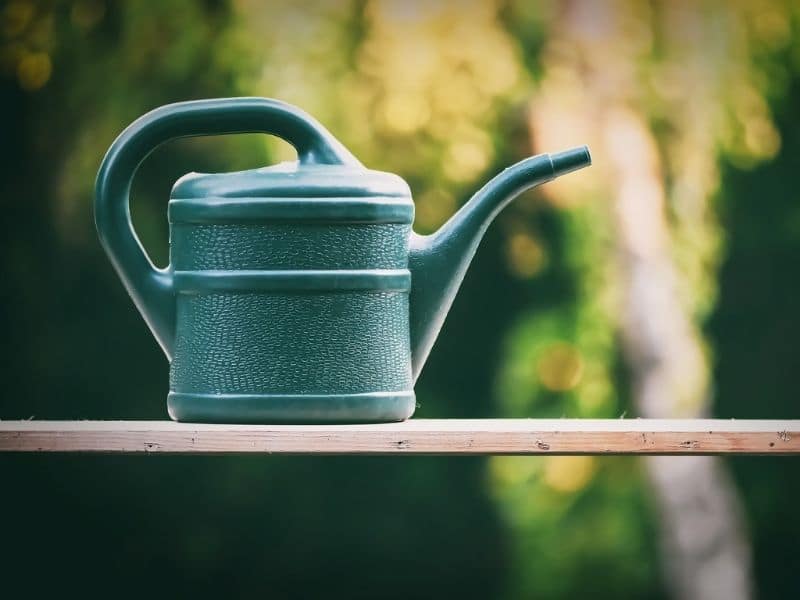
Root development will only occur if this shrub is continuously watered for the first two years of life. However, if dwarf varieties are being cultivated, they will need more water, as they are usually placed in a container or pot.
Ideally, the shrubs should receive water every two days, and will all depend on the climate. If the soil is too warm and is lacking moisture, then watering should occur every single day.
Location
When choosing a site for the shrub, make sure you take into consideration its possible measures. Escallonia plants are known for their rapid growth rate, thus, you will need to make sure they have enough room to grow accordingly.
Most of the plants can grow up to 6 feet high and sometimes 6 feet wide too. Other varieties, such as Rubra, can grow up to 15 feet tall if the right conditions have been met.
If you want to grow an escallonia hedge, space the shrubs out more than if you were putting them as single plants.
Soil Preferences
The shrubs are not too fuzzy in terms of their soil requirements. They will do great if the fertile soil is sandy, with clay, or alkaline. Although they do prefer to have good drainage and fertility, thus, you can always add compost to the soil before planting.
Pests and Diseases
The Chinese wax scales tend to be a problem for the escallonia’s foliage. If this pest is attacking the shrub, you will see how the leaves turn yellow or wilted. The scales will weaken the plant until it dies.
An ecological and organic fertilizer could be added as this will stop the scales from appearing and damaging the shrub.
Besides, the leaves can also suffer from fungal infections, which are often seen as either the purple or black escallonia leaf spot. If this is the case, it is advisable to remove these leaves immediately as a way to reduce the fungal infection.
Pruning escallonia
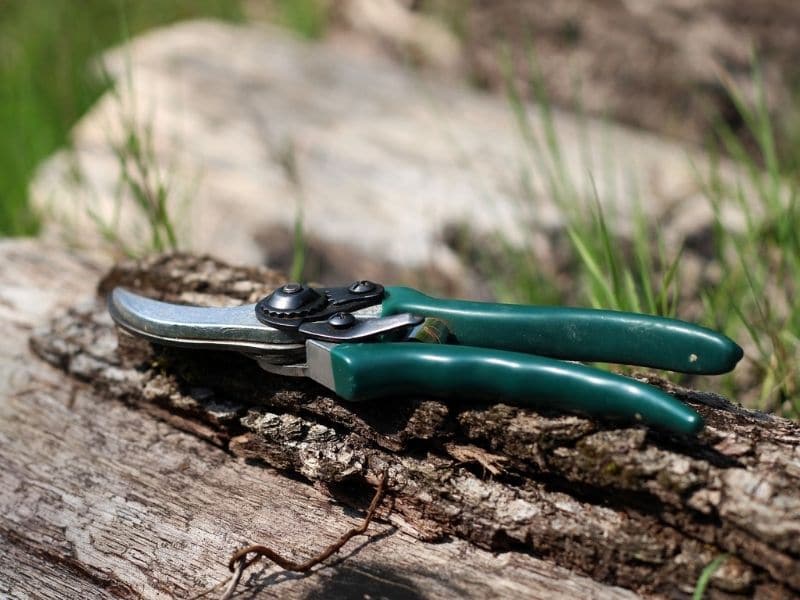
Even though escallonias do not require pruning, it is advisable to prune them at least once a year. This way, the shrub will be healthy throughout the changing seasons.
If the shrub is getting too big or the branches are spreading too quickly, then you can prune after the flowers have bloomed.
Try to avoid pruning in spring or at the beginning of summer, as this will only decrease the number of flowers the shrub can produce. Instead, prune during winter to encourage new growth and ensure the plant’s right shape will come along.
Propagate escallonia
To propagate Escallonia, start by taking semi hardwood cuttings in late spring or early summer. Choose healthy, non-flowering shoots with a length of about 4 to 6 inches. Remove excess leaves, dip the cut end in rooting hormone, and plant the cuttings in a well-draining potting mix.
Keep the soil consistently moist and provide a warm, bright environment for successful propagation.
FAQs
What conditions do Escallonia like?
Escallonia generally prefers well-draining soil, full sunlight, and regular watering. It can tolerate a range of soil types but thrives in slightly acidic to neutral conditions.
Does Escallonia grow quickly?
Escallonia is known for its relatively fast growth rate, especially when planted in favorable conditions. With proper care, it can establish quickly and develop into a dense, attractive shrub.
Why is my Escallonia dying?
Escallonia may be dying due to various factors such as overwatering, poor drainage, pests, diseases, or environmental stress. Assessing the specific conditions, addressing any issues promptly, and providing appropriate care can help revive a struggling Escallonia.
Why is my Escallonia leaves going yellow?
Yellowing leaves in Escallonia can be a sign of several issues, including nutrient deficiencies, overwatering, or poor soil drainage. Conduct a thorough inspection to identify the root cause and adjust care practices accordingly.
Can yellowing leaves turn green again?
In some cases, yellowing leaves can turn green again if the underlying issue is addressed. Providing proper nutrients, adjusting watering practices, and addressing any environmental stressors can help promote healthy leaf color restoration. However, it depends on the severity of the damage and the overall health of the plant.
Conclusion
If you’re looking for a beautiful and low-maintenance plant to add to your garden, consider the Escallonia. These evergreen shrubs are perfect for coastal gardens and bloom for months through summer and into early autumn.
*image by Wirestock/depositphotos
References
Reference List:
(1) Silvana M. Sede, Silvia S. Denham, Systematic Botany, 43(1):364-369 (2018). https://doi.org/10.1600/036364418X696932.
Close

